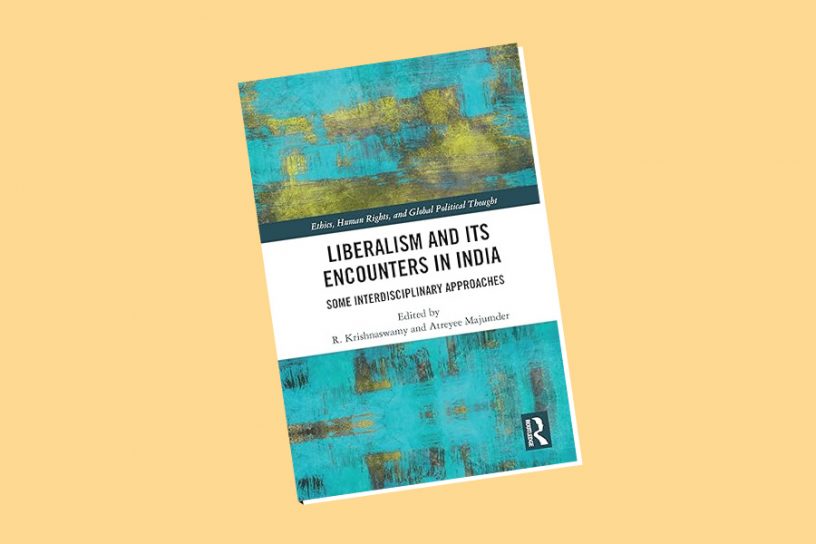
This chapter explores the philosophical and political roots of the United Bengal movement of 1947 that emerged as a final bid to keep the province united by resisting partition.
Author
Sucharita Sen, Associate Professor, Jindal School of Liberal Arts & Humanities, O.P. Jindal Global University, Sonipat, Haryana, India.
Summary
This chapter aims to explore the philosophical and political roots of the United Bengal movement of 1947 that emerged as a final bid to keep the province united by resisting partition. One of its architects, Abul Hashim, articulated the need to reimagine Hindu-Muslim identities in the province, not as binaries but as parts of a larger socio-cultural fabric that lends to a new narrative on aesthetic rather than ethnic nationalism. What Hashim offers transcends the dichotomous framework of modernity in significant ways and shows the possibility of finding civic/universal values and principles within the folds of ethnicity and religion tied through certain narrative commonalities.
Given the larger discourse on liberalism and the current reactions to it from extreme right-wing quarters who have declared the former redundant today, it is pertinent to draw from history, alternative solutions to this old debate between civic and ethnic trajectories of nationalism. In this regard, Hashim’s work offers a reconciliation between the two, claiming that they need not be treated as binaries. His work signals the existence of the unique nature of identity construction in Bengal, that keenly focused on common language, common culture and in its own limited way, a common ideology.
Published in: Liberalism and its Encounters in India: Some Interdisciplinary Approaches, Pages 97 – 113, Routledge India.
To read the full chapter, please click here.


